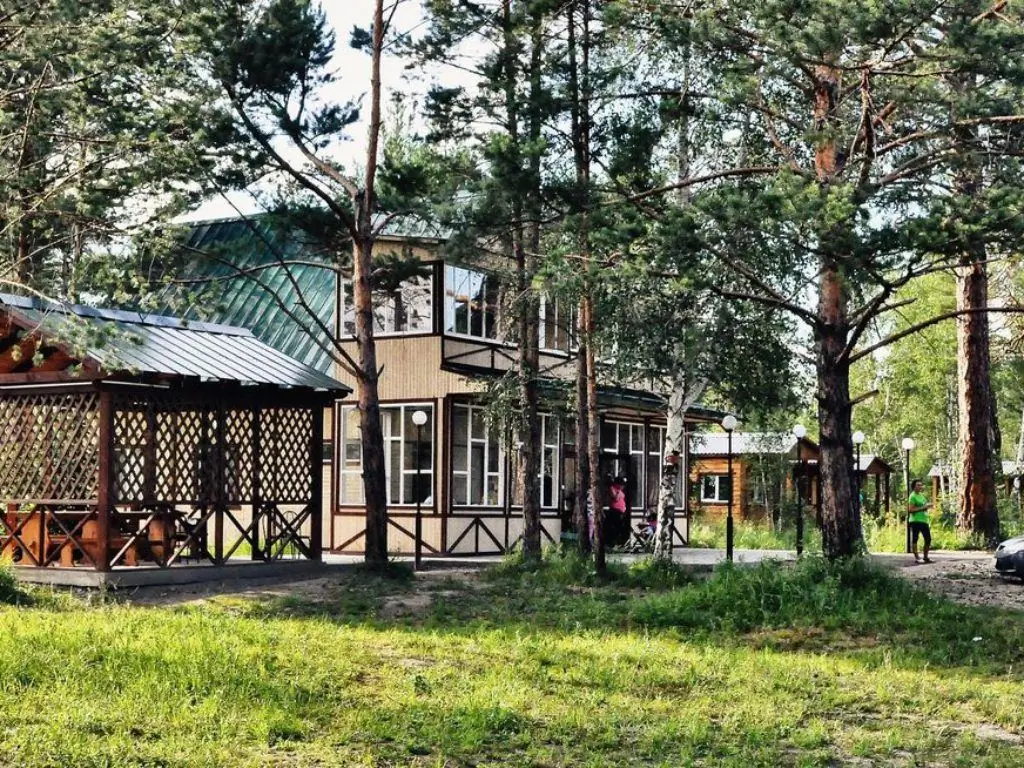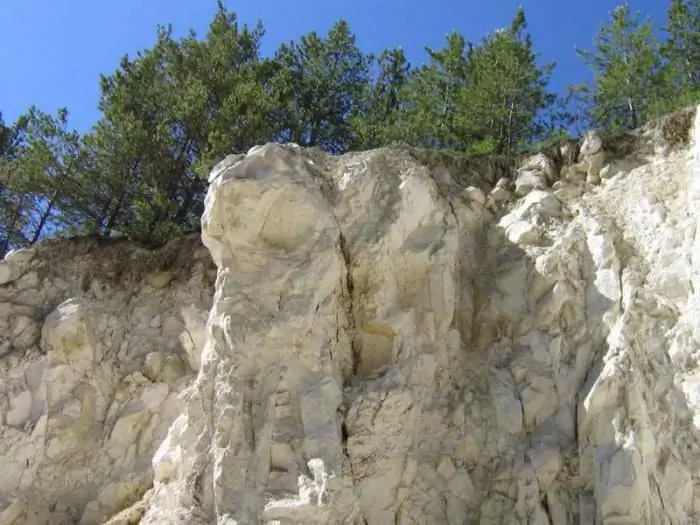- Author Harold Hamphrey [email protected].
- Public 2023-12-17 10:06.
- Last modified 2025-01-24 11:10.
The B altic countries are famous for their magnificent palaces and castles, which are cultural and historical sights of the northern states.
Surprisingly, in a very small area (450 x 200 km) in Latvia there are more than 1100 palaces and castles. One of the most perfect Baroque buildings is the Rundale Palace (Latvia).

History
The first information about this beautiful structure dates back to 1505. In those distant times, it belonged to the ancient family of the von Grotthusses. After some time, due to financial problems, the family was forced to sell the estate. Ernest Johann Biron, the favorite of Empress Anna Ioannovna, became its next owner.
Rundalsky Palace, the photo of which you can see below, was built by the famous court architect of the Russian rulers Francesco Rastrelli. This is one of the most outstanding examples of rococo and baroque architecture in Latvia.

Rundal Palace was built in two stages. The first one lasted four years. It ended after Biron wasexiled to Siberia. After he was pardoned by Catherine II, who returned the Duchy of Courland to him, the construction of the palace was continued. Work went on for another six years.
Individual elements for decorating this building were painted in St. Petersburg, and iron ones were brought from Tula. Simultaneously with the construction of the building, a park area was also laid out. In 1739, trees already appeared here: oaks, maples and lindens.
In 1768 Rundale Palace was completely rebuilt from the inside. Well-known master painters and sculptors were invited to create palace compositions.
In 1795, Catherine II presented the palace to Count Zubov. Later it passed into the ownership of the Shuvalov family. Since 1920, the magnificent building has been nationalized in favor of the Republic of Latvia.
In 1933, the Museum of History was located here. It should be noted that during the Second World War, the Rundale Palace was not damaged at all. But in the post-war years, some of its premises were rebuilt as warehouses for storing grain.
In 1972 Rundāle Palace received the status of a museum. From that time until today, repair and restoration work has been carried out here.

Exhibitions
Today, after restoration, several rooms of the palace, including the main halls, have opened their doors. Thematic exhibitions are held in the palace itself, as well as in the premises of the former stables and the gardener's house. Among them:
- "Treasures of the Rundale Palace". The exposition is dedicated to the art of Western Europeancountries, a period of four hundred years is considered. Here are furniture and porcelain, paintings and silverware, jewelry.
- "Tomb of the Dukes of Courland". The family tomb of the dukes consists of eighteen sarcophagi. The oldest of them dates back to 1569. The exhibition will tell you about the life of the deceased owners of the palace.
- In the gardener's house during the summer, an exhibition dedicated to the restoration of the French park in Rundal. There are also unique photographs and projects of the restoration works of the Rundāle Park, photos of gardens in Europe. Despite the incomplete restoration work in the park, it amazes visitors with its grandeur.
- "Years of devastation" - an exhibition about the fate of the Latvian Evangelical Lutheran Church in the Soviet years. The first part consists of documents and photographs of churches that were destroyed. The second part of the exhibition presents wooden sculptures, church utensils, altars, which are carefully stored in the museum. The third part of the exposition, which is located in the former stables, is dedicated to the church of Lestine (destroyed). She was known for her unique wood sculptures.
Description of the palace
The palace complex (including French and hunting parks) covers an area of about 70 hectares. Rundāle Palace has 138 rooms (on two floors). Unfortunately, their original furnishings did not survive, so the presented interiors of the palace are made up of pieces of furniture purchased from other museums.
Three palace buildings, as well as adjoiningtransverse buildings to them, the gates form an honorary courtyard (closed). Between the palace and the stables there is a carriage house. On the south side there is a French garden, from which you can go along the alleys to the forest park, it used to be a hunting park.

Interiors
Every year thousands of tourists from different countries come to Latvia. Most of them are interested in ancient and beautiful Riga. Rundale Palace, located 67 km from the capital, is usually included in all excursion programs.
Most of the guests note that the interiors of the palace are in harmony with its exteriors: the same refined style and elegance of the Baroque style. The main part of the interior was created between 1765 and 1768. Famous sculptors and artists worked on it. Among them are Johann Graf (Germany), Carlo Zucchi and Francesco Martini (Italy).
On the south side of the central building are the grand apartments of the duke, on the north side are his private rooms. In the eastern building there are central halls: the former Throne Hall, the White Hall (formerly the Dance Hall), and the Golden Hall. All of them are united by the Great Gallery.

White Hall
This room was created as a dance hall for balls and court celebrations. Decorating walls and ceilings with stucco work of a team led by I. M. The earl was completed in early 1768. The magnificent mirrored windows were destroyed in 1812. They were restored only in 1980. Chandeliers are replicas of French chandeliers XVIIIcentury.
Gold Hall
This hall was intended for receiving guests. He impressed the Duke's guests with elegance and luxury. The room adjoining this room houses a unique collection of porcelain.
Front Bedroom
The bedroom furniture is an exact replica of the 18th century. Paintings, candlesticks, stoves, clocks are all authentic items from that period.
Billiard room
In this room, only a billiard table is a remake. It was made in Latvia in 2011, all other interior items are authentic.

Rose Room
The ceiling was painted by painters of Italian origin from St. Petersburg, Martini and Zucchi, in 1767. The walls of the room with garlands of flowers were decorated by a team led by the sculptor Graff (1760).
The rooms of the palace are made in different colors. This allows you not to lose the freshness of perception, moving from one room to another. Each of them is a complete and complete unique work of art from a bygone era.

Rundāle Palace: how to get from Riga?
Undoubtedly, the easiest way to get to the famous palace is a sightseeing bus that runs regularly from the center of Riga and takes travelers to the castle. If you decide to go on a trip on your own, you can use public transport. From Riga, you need to go to the city of Bauska, and here choose a bus flight that is suitable for the time.
Moreit is easier to get to Rundāle Palace by car. You can choose one of the two most convenient routes:
- From Riga drive to Jelgava. Then, a few kilometers before Elea, turn onto P103 and continue to Poilstrundalė.
- From Riga you should get to Bauska. Then turn onto P103 and drive to Poilstrundale. Both routes will take approximately the same time.
Reviews
Tourists who have already visited the amazing palace compare their impressions with immersion in a mysterious and fabulous world. Magnificent architecture, exquisite interiors, amazing park landscape - all this is admirable. Tourists lament only that there are still too few rooms open to the public.






